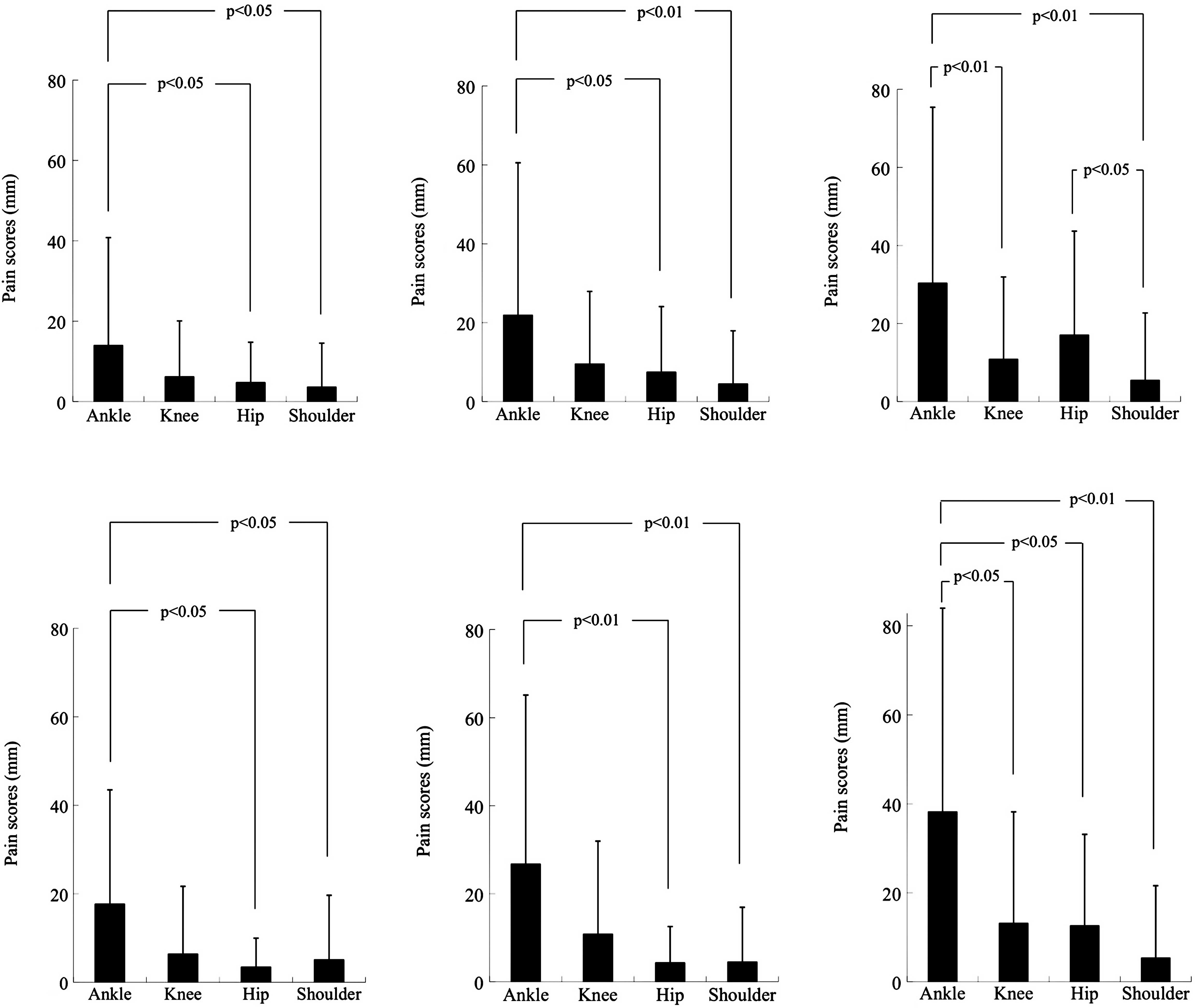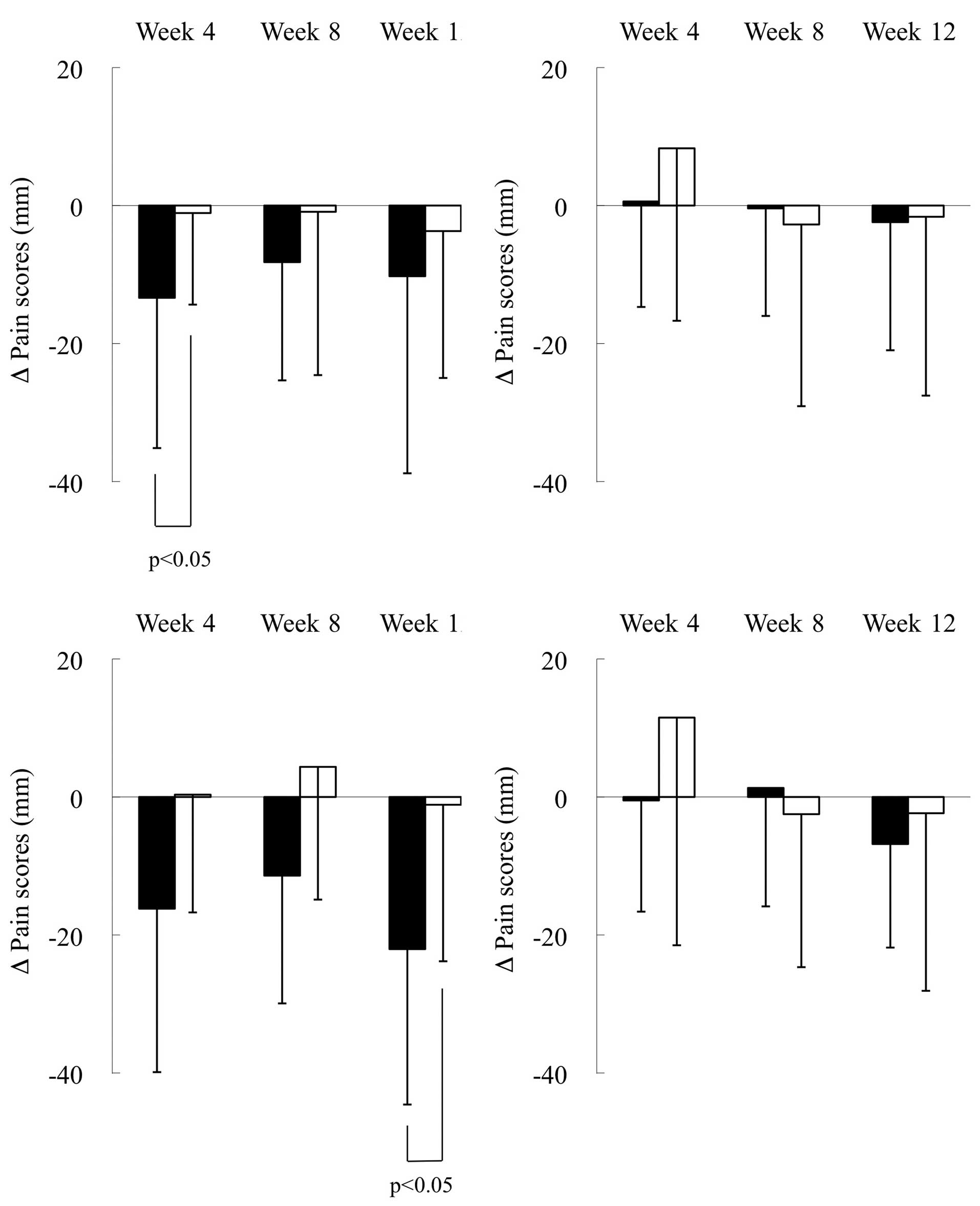Effect of a chicken comb extract-containing supplement on subclinical joint pain in collegiate soccer players
- Authors:
- Published online on: December 23, 2011 https://doi.org/10.3892/etm.2011.431
- Pages: 457-462
Metrics:
Total
Views: 0 (Spandidos Publications: | PMC Statistics:
)
Total PDF Downloads: 0 (Spandidos Publications: | PMC Statistics:
)
Abstract
Much of our focus of attention has been on sub-clinical or subtle joint pain experienced by healthy soccer players. The present study aimed to determine at which joint such subclinical pains are the most prominent, and to examine the pain-relieving effect of a chicken comb extract (CCE)-containing supplement product (test product) on these athletes. A total of 46 collegiate soccer players, consisting of 24 leading and 22 substitute players, belonging to a university soccer team were enrolled for measuring the pains at 4 different joints (ankle, knee, hip and shoulder) using 3 pain subscales of a 100-mm visual analog scale (VAS) (‘pain at rest’, ‘pain on pressing’ and ‘pain on moving’), and participated in a prospective, double-blind, controlled study. A total of 23 subjects each received the test product (4,800 mg/day) (test group) and placebo (placebo group) for 12 weeks. VAS pain scores of individual joints were evaluated at baseline and following 4, 8 and 12 weeks of the intervention. VAS scores for the ‘pain on moving’ subscale in 46 enrolled subjects were highest at the ankle joint, and thus the values (abbreviated as ‘pain scores’) were used as a parameter for efficacy assessment of the test product. Compared to the baseline, the pain scores were significantly decreased for the dominant foot (but not for the non-dominant foot) in the total subpopulation (at week 4; p<0.01) and the leading player subpopulation (at week 4; p<0.01 and at week 12; p<0.05) in the test group (n=19 and 11, respectively). In comparison between the test product and placebo groups, the pain scores were significantly changed for the dominant foot (p<0.05) at week 4 in the total subpopulation and at week 12 in the leading player subpopulation in the test group. Thus, subclinical joint pain is most prominently observed at the ankle joint of the dominant foot in healthy young soccer players and may be improved by the daily intake of the CCE-containing supplement.












